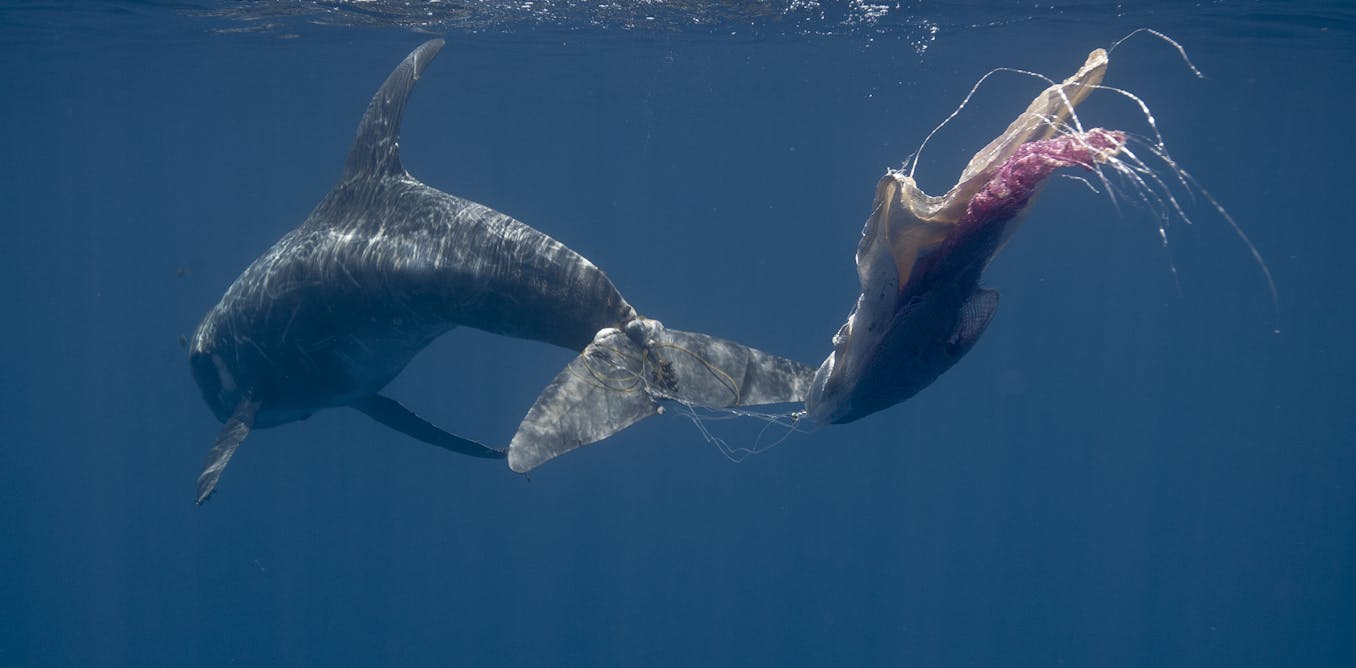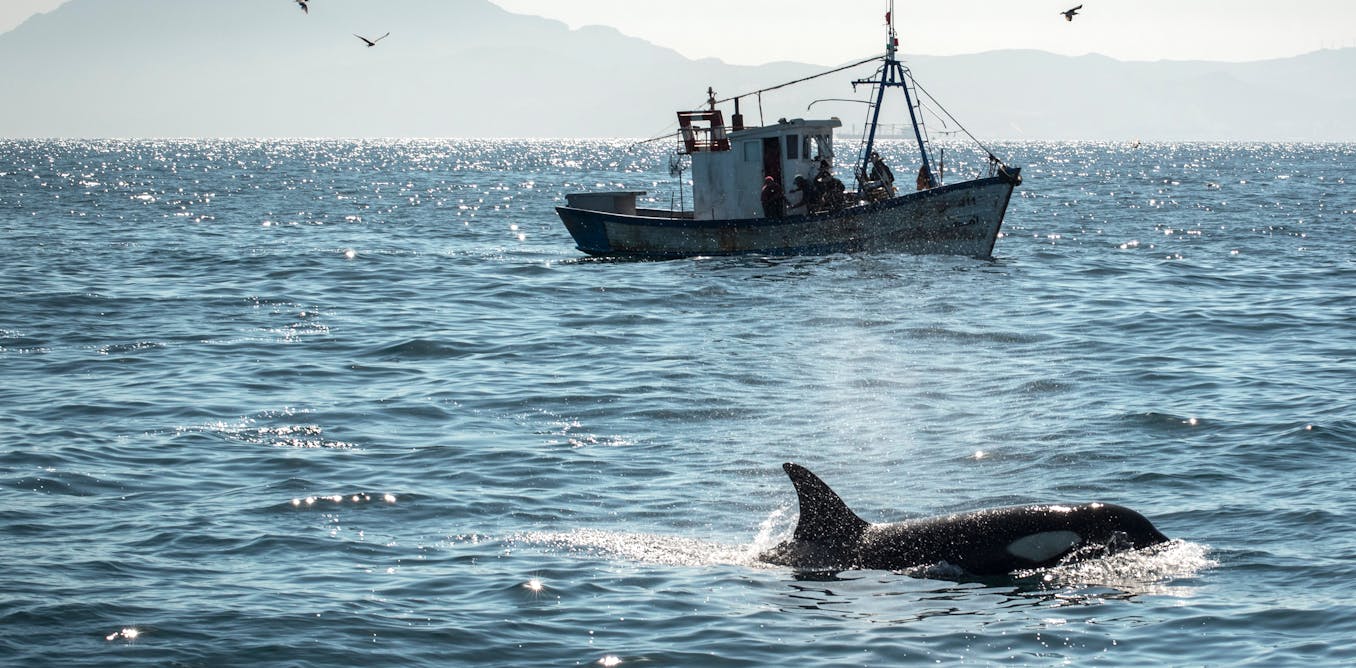Microplastics discovered in the body tissues of whales, dolphins and seals – sparking concerns for human health too
New research shows that relatively large microplastic particles can make their way into the body tissues of marine mammals.
Aug. 23, 2023 • ~7 min






